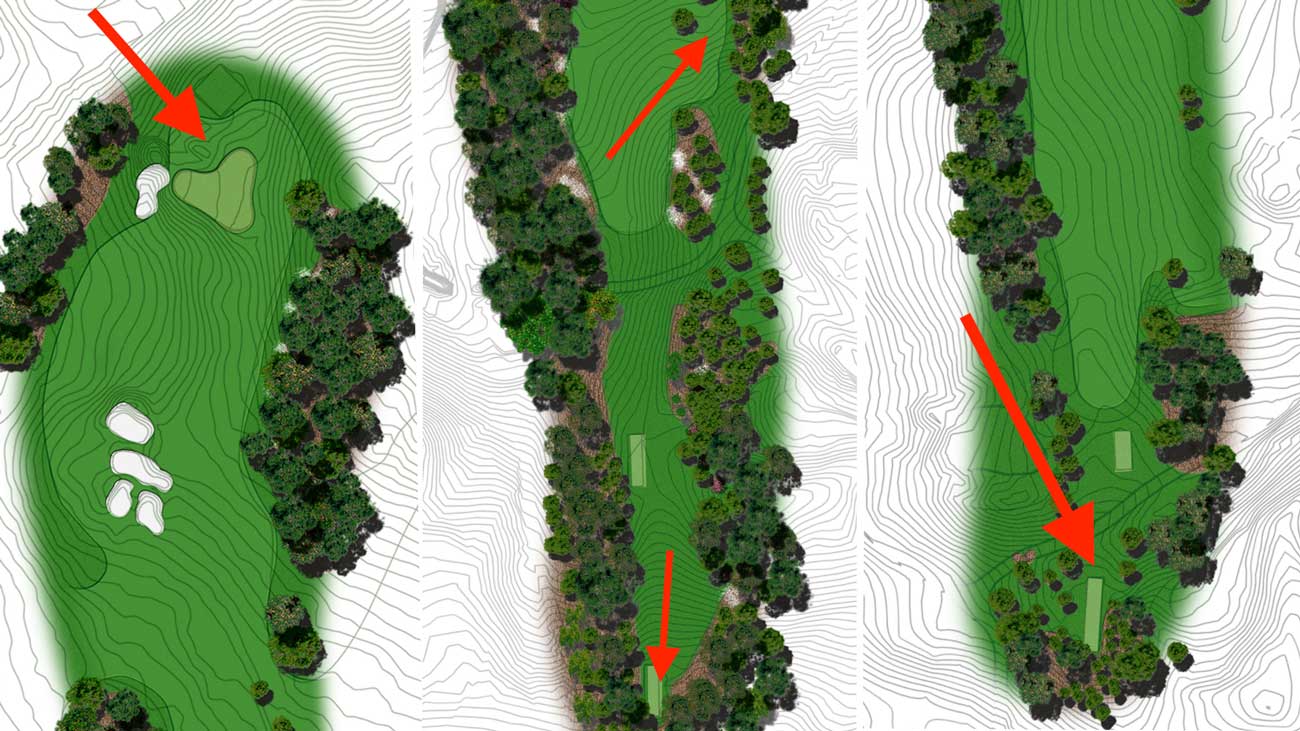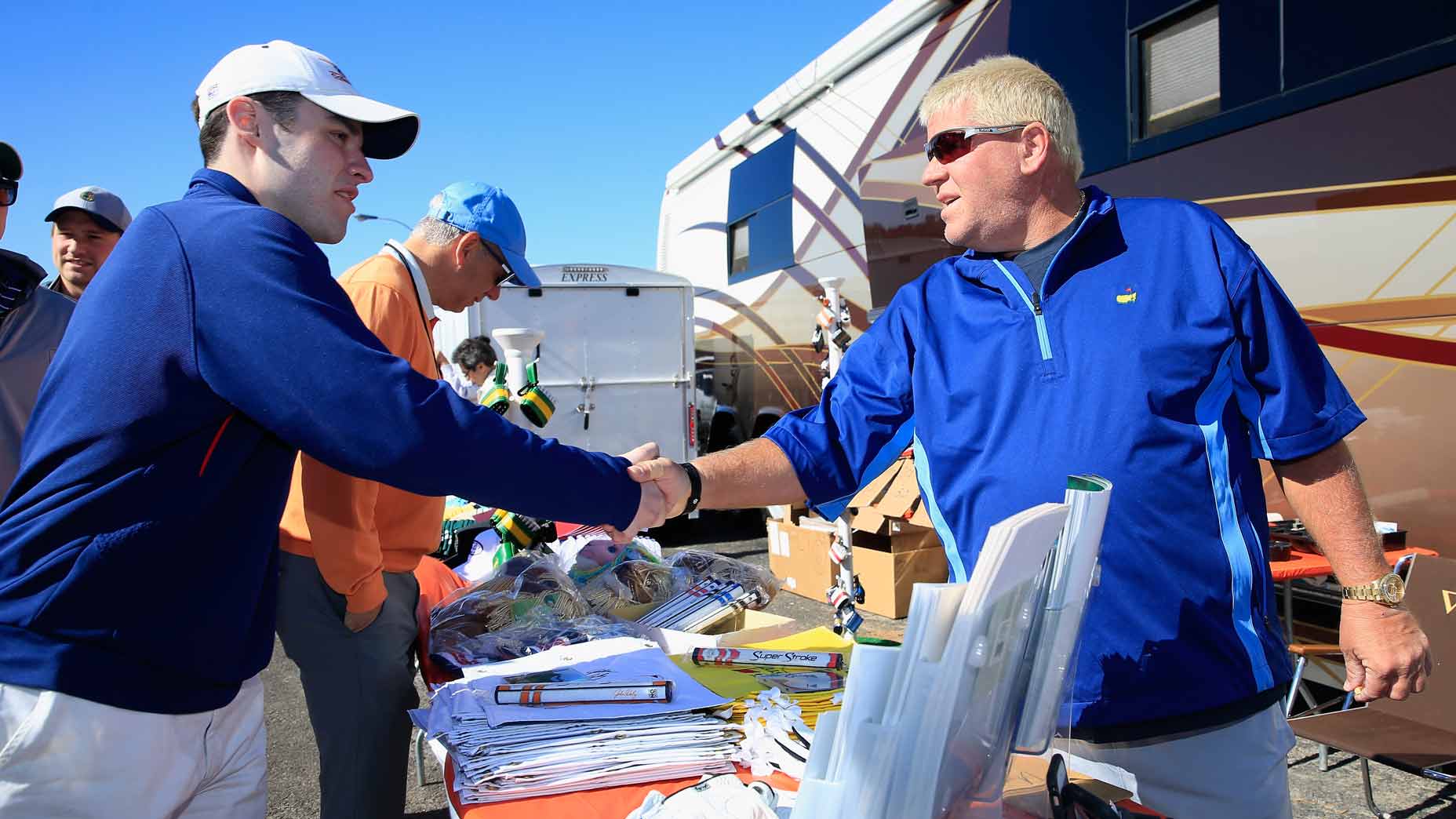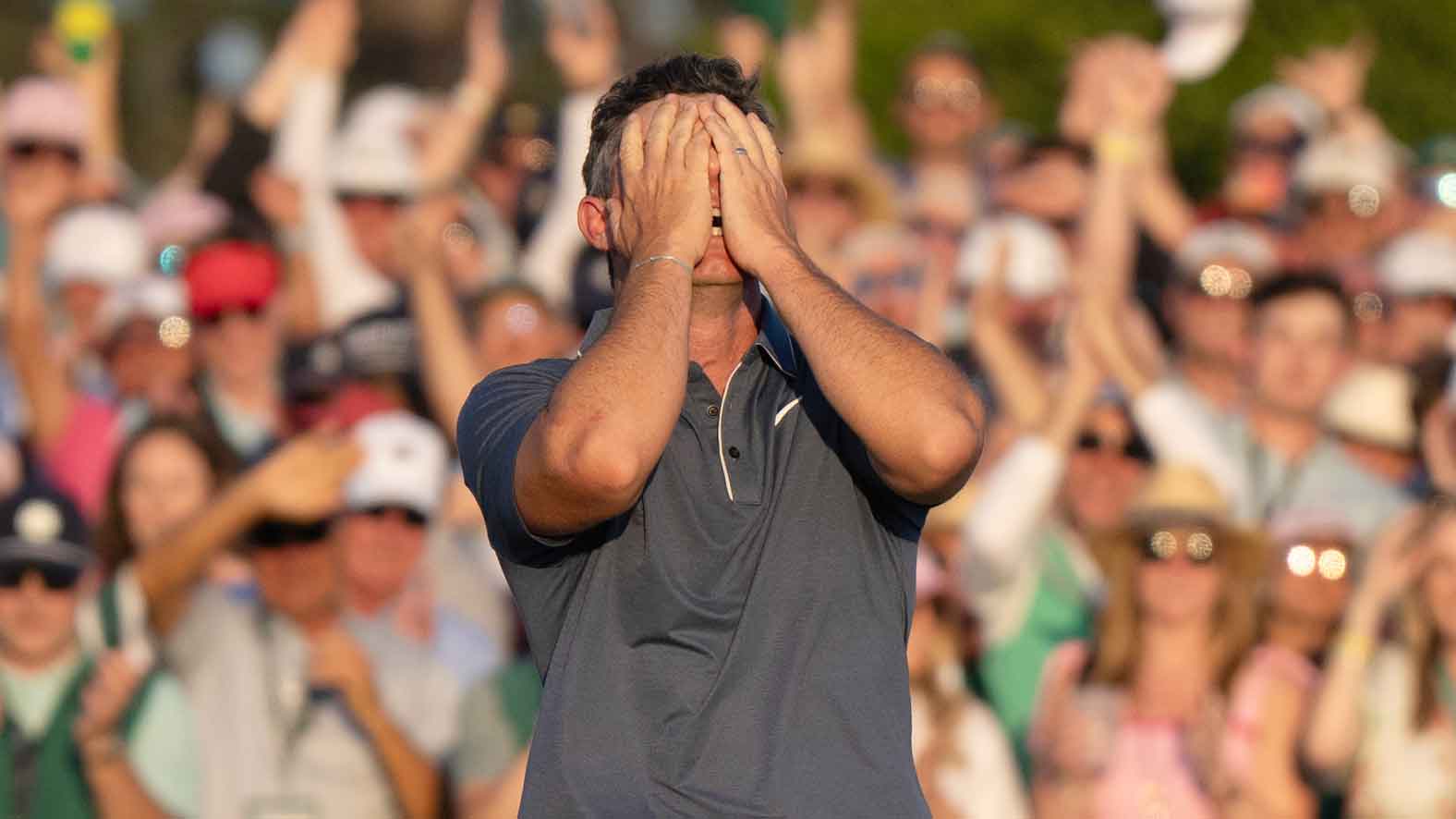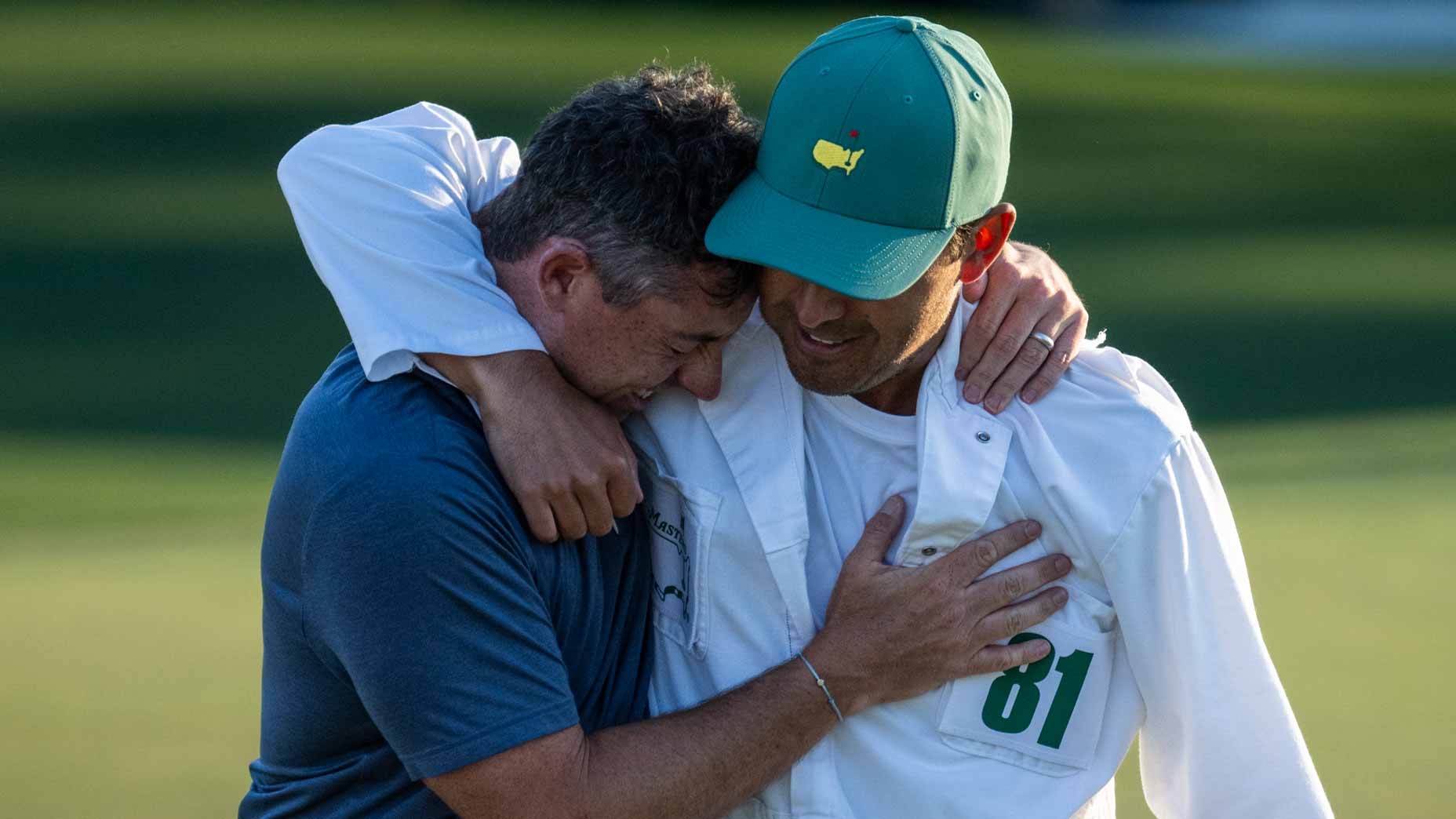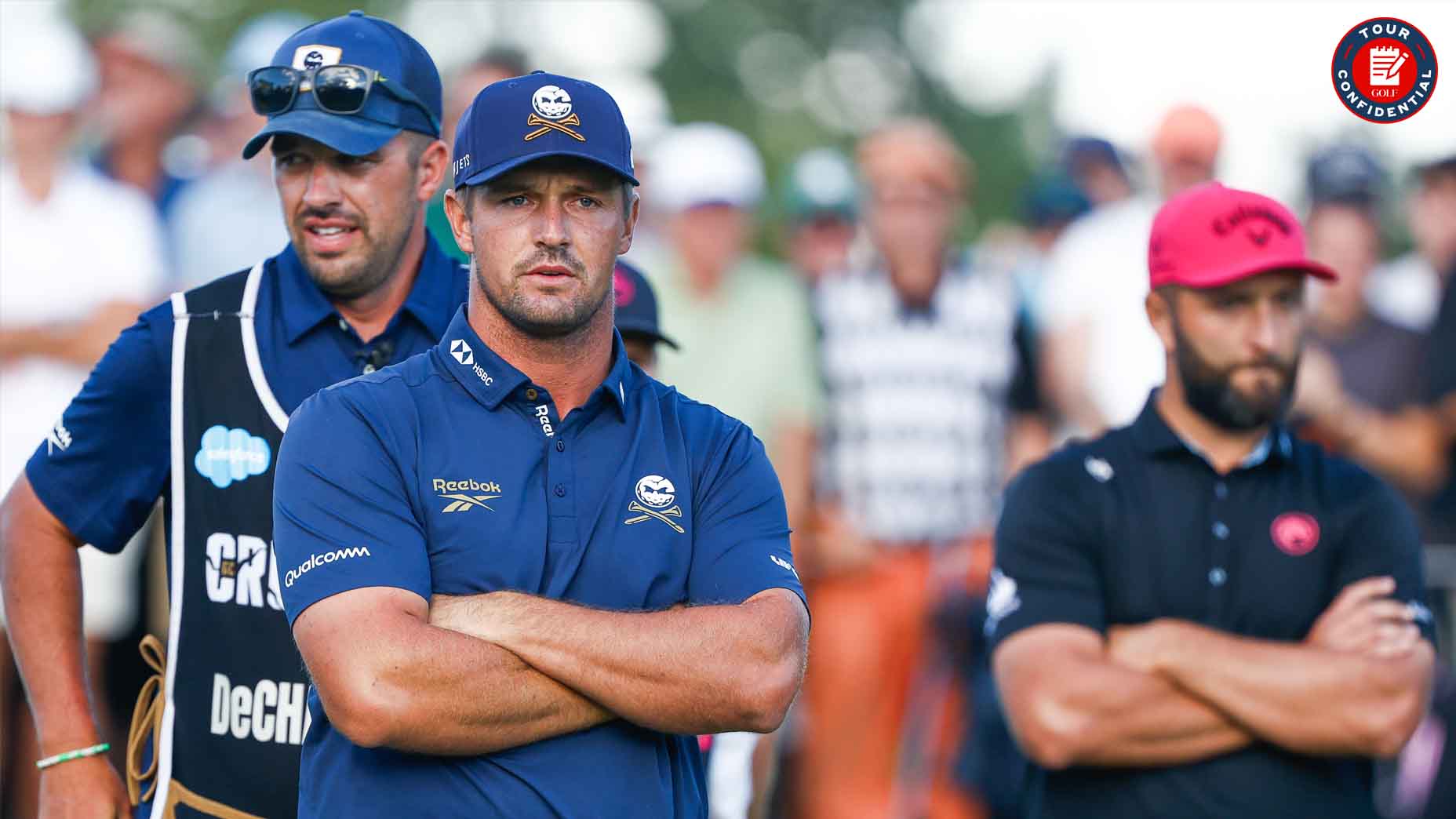AUGUSTA , Ga. — Change is in the air at Augusta National. And we’re not just talking about the new breakfast sandwich or the Dude Perfect bros whooping it up down in Amen Corner.
No, in this space, we’re referring to the golf course. The modifications to the par-4 11th and par-5 15th have garnered most of the attention, but a couple of other lower-profile changes have also caught the players’ eyes. Here’s what you need to know about five of the tweaks, and what the field is saying about them.
1. Resurfaced greens (and new hole locations!) at Nos. 3, 13 and 17
Tiger Woods referenced the resurfaced green at the short par-4 3rd in his Tuesday press conference, adding that “they’ve resurfaced every green since I’ve been here.” He described it as a “subtle” change. Woods added that the club also recontoured the green at the par-5 13th to create “a couple of new pins,” in keeping with a trend he’s noted throughout his Masters career.
“They’ve always added to areas in which they could grow more pins and more hole locations options for the committee to give us as a challenge,” he said. “But I’ve never seen them take away pins. So, 13 kind of fits into what their philosophy has been here.”

On Wednesday, Augusta National chairman Fred Ridley confirmed Woods’ observation, saying, “I think we hopefully tried to gain another hole location or two on each one of those greens.”
The changes at 3, though, seem to go beyond just the reworked putting surface. Xander Schaufelle said the slope behind the green is now more severe.
“I think they’re trying to take that bail-out — to that left pin — away from people, so that may make me feel more inclined to lay-up and maybe hit a full wedge in so I can get the ball to stop versus trying to hit that sort of 50-yard, 60-yard shot to a blind surface that’s tabletop-like.”
2. Wider fairways
Masters Par-3 Contest: Here’s who stole the show on Wednesday | Rogers ReportBy: Claire Rogers
Rejoice, Augusta traditionalists! Width and angles are returning to Bobby Jones and Alister MacKenzie’s masterwork. Ridley said Wednesday that “several” of the fairways have been widened.
“Perhaps there’s a little less second cut,” he said. “My thinking on that is a shot that’s off-line may run a bit further and may run into an area where a player might not want to be.”
In other words, look for the pine straw to get much action this week.
3. Smoother fringes
After 40 Masters starts and 114 rounds played, not much gets by Sandy Lyle at Augusta National — even the speed of the fringes.
On Wednesday, the 64-year-old Lyle said that he thought the fringes “are a little bit easier” and “firmer” than in years past. “First bounce, the ball’s releasing, which we never [saw] before,” he said. “It’s always known as the sticky fringes. I played quite a few chip shots around the edge of the green. Normally I would use a blade or a 5-wood or something or a 3-iron. Never thought about trying to chip it into the bank.
“So I found this year especially the fringes are releasing when it hits the fringe, and then you get some sort of control with it, probably better than my blade shot, which is unusual. So that’s a little difference from previous years.”
4. New-look par-4 11th
After further screw-tightening by Augusta National, the already challenging 11th — historically it has played as the second-toughest hole at the Masters, just behind the par-4 10th — is now more daunting than ever.
Masters champ Adam Scott reveals his favorite holes at Augusta NationalBy: Jessica Marksbury
A new tee has extended the hole 15 yards to a meaty 520, and a small forest of trees was removed from the right side of the landing area. That has made the fairway easier to hit, though three trees still standing on the far side right of the fairway still pose on issue for misplaced tee shots.
“It used to be a perfect fader tee,” noted fader Jon Rahm said earlier this week. “I was in love with that tee shot. It was great for me. With the little change now, I feel like, if you’re a drawer of the golf ball, you can take advantage of the slope of the fairway and maybe get it a little farther down because, if you hit it good and you leave it off to the right, you might be far enough down there to go for the green and not be too bothered by the trees. If you come out of a fade, you’re going to be way back.”
The real issues comes on the second shot, which has been complicated by significant changes around the green. Noted a GOLF Magazine course rater, who played the course recently: “The big change is the movement of the wee humps or berms, which have been increased in height and moved more into fairway from right to left.” Miss right and players also will find a deeper swale on that side of the putting surface — in the expanse from where Larry Mize famously chipped in to win the 1987 Masters. Don’t expect similar theatrics moving forward.
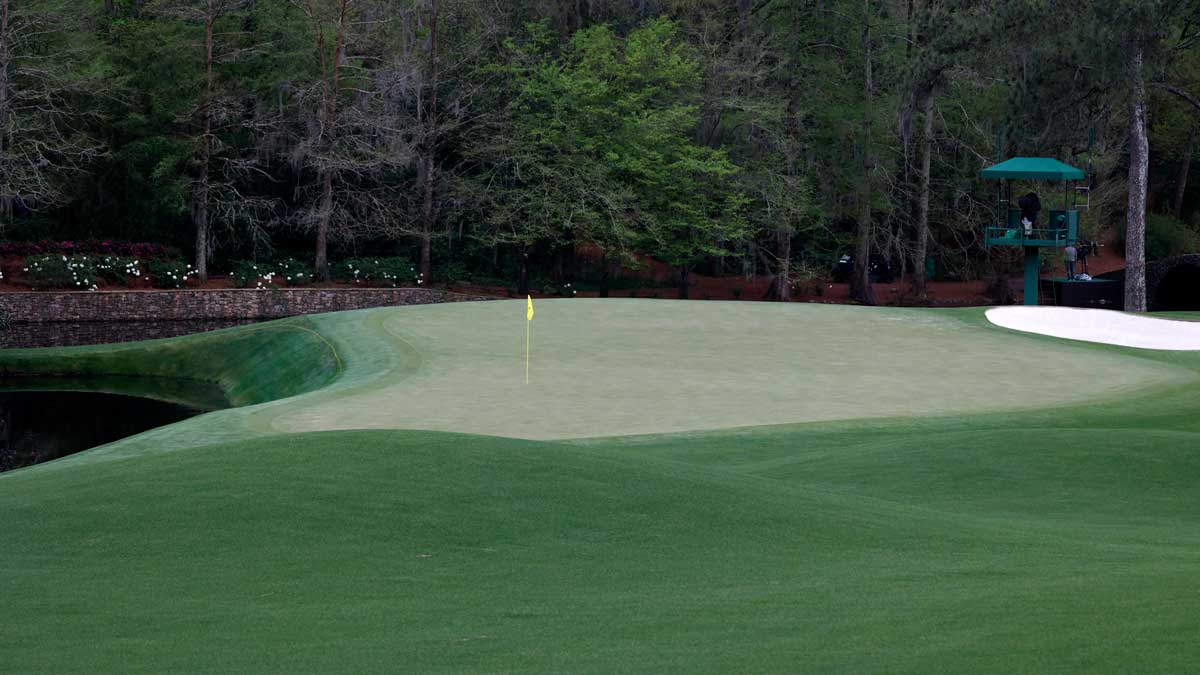
“We thought the Larry Mize shot is gone, now it’s really gone with them raising the green up even more on the right-hand side,” Tiger Woods said. “And we’re further back so we’re more prone to hit the ball over there anyways. So, it’s a harder and more difficult pitch.”
Miss a little short and left and players will discover another tweak: the pond fronting the green has been extended back toward the fairway.
“What people probably don’t realize is that pond on the left has been extended another 10 yards back towards the tee,” Rory McIlroy said. “So that pond used to start at the front of the green. That pond now starts 10 yards before the green. So now it brings in those mounds and the water. So the penalty for missing that second shot is much greater, and then if you do miss it, obviously it’s a very, very difficult up and down from there.”
Fun times!
5. Longer par-5 15th
It sounds like no big deal, adding 15 yards to a par-5, where in recent Masters players have regularly been hitting 5- and 6-irons into the green with their second shots. But if the boys are playing into the wind or don’t catch their drives on the face, things could get interesting at 15 in a hurry.
“I think you’re potentially going to see some more big numbers,” Justin Thomas said. “That’s a hard, hard green to hit with a 5- or 6-iron, and it’s really hard to hit with a 3-wood or 5-wood. So I think for us — by ‘us,’ I mean [caddie] Bones and I — will just kind of see game time feels and situation type of thing.
“Before on 15, it just seemed like, if we hit our drive up the right side of the fairway where we have an angle, it’s a matter of what club are we going to hit into the green? It’s not a matter of are we going to go or not? I think this year you’re going to have the potential of guys hitting good drives and being 240, 250 yards away and not being able to go for it because of a tough situation, club, wind — or you’re going to have guys that maybe try to force it from 260 or 270 and could potentially make a big number.”

Into a left-to-right wind, Schaufelle said 15 is now a “forced layup.”
“I don’t think anyone will have enough guts or only a few guys will have a short enough club to hit an iron in,” he said. “With the wind you’ll have to hit a driver or 3-wood, and everyone knows if it firms up a little, that ball can go over the green quickly or you can’t stop it on the green. Looks like we’ll be laying up a lot on that hole.”
Hopefully not too much. The going-for-the-green second shot at 15 is among the most thrilling theater in golf.
